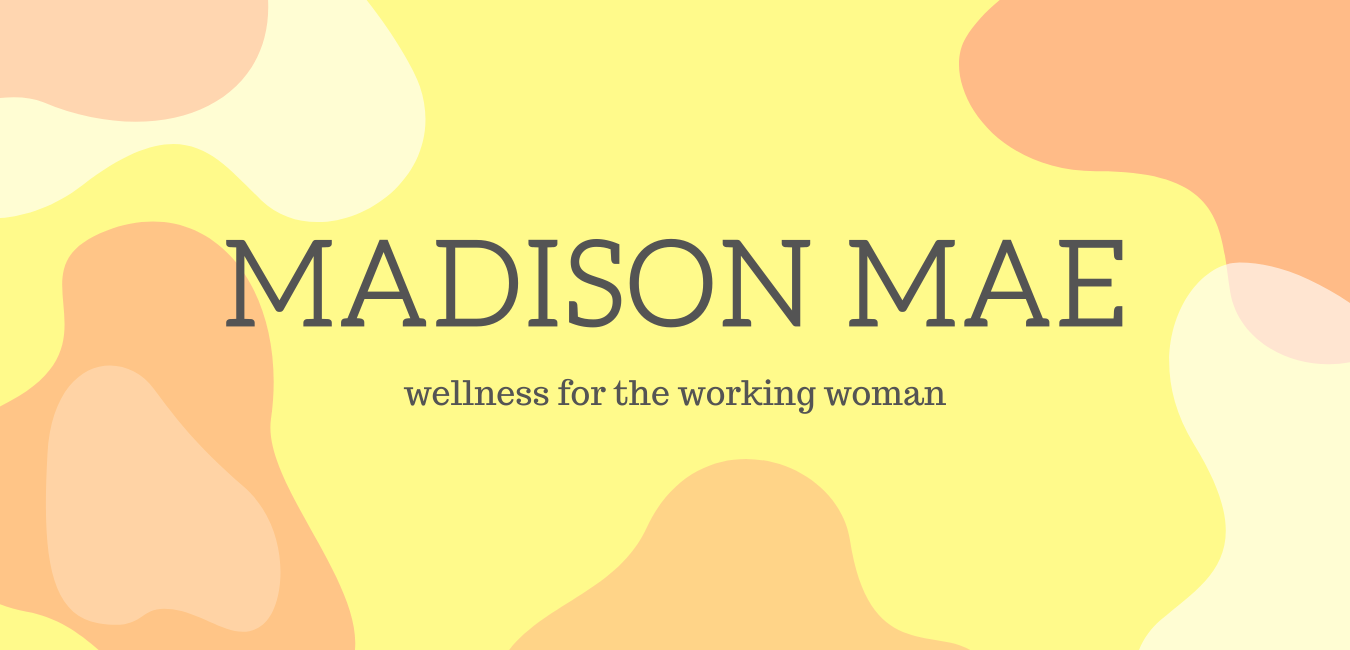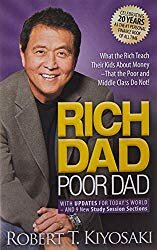I recently read a book called “Switch- How to change things when change is hard” by Chip & Dan Heath. The book discusses various businesses cases and change situations, drawing out the important steps that were taken to make that change successful. While reading this it really had me thinking a lot about my New Year’s Resolutions and how to actually turn them into habits.
Every year myself and many others set new goals, hoping to adapt habits that we haven’t been the best at achieving in the past. What can we do to finally make these new habits stick? Reading this book gave me a lot of insight on to why certain change efforts do not work and how I can finally make them work.
This New Year I am making it my goal to become a morning person. Maybe not enjoy the mornings so much, but to not dread them. I want to workout in the mornings before work and set a solid routine so that I can set myself up for the best day ahead. I’ve tried to make this happen for the last few months now but it just hasn’t happened. I feel like I’ve tried everything- from making my boyfriend call to wake me up to motivating myself with a good cup of coffee. Unfortunately, nothing has worked. I am going to adapt the things I’ve learned in “Switch” to create a successful habit and I hope you will to.
What I’ve Learned:
1. Find a way to achieve your habit in a way that influences not just your thoughts, but your emotions.
Throughout the book the authors discuss the concepts of "the elephant" and "the rider", or our emotions and our rationality. The rider can rationalize all he or she wants but will not be able to move the elephant if he or she doesn’t really want to. It’s important for us to follow the pattern SEE-FEEL-CHANGE if we want to be successful. So before trying to change a habit, make sure you really understand WHY you want to change what you are currently doing. What is this helping you achieve? How will this impact you?
For me, I think about all the free time I lose after work from having to head to the gym, complete my workout, and shower. I feel unproductive and like I have no time for myself after a long, hard day of work. I’m appealing to this feeling of unfulfillment and lack by changing the time I wake up in the morning.
2. Shrink the change.
According to Chip and Dan, “People find it more motivating to be partly finished with a longer journey than to be at the starting gate of a shorter one” (127). By taking small baby steps to making a change and succeeding at these steps, we are growing confidence in ourselves and proving to ourselves that we really can make this change. The authors call this a “miracle scale”; we are focusing our attention on small, attainable milestones rather than the far final destination.
I plan to start small by waking up 5 minutes earlier one week, then 10 minutes earlier, then 15 minutes, and so on. If I can wake up a little bit earlier each week then I will gain confidence that I can achieve the end goal and this end goal won’t seem as drastic. After I achieve the habit of waking up early, I will add small workouts into my routine. I will start with a 5 minute workout one week, then a 10 minute one, and so on. After all, big changes come from many small changes.
3. Tweak your environment to make change easier.
Changing different parts of your environment can help make your change efforts a lot easier. We often get stuck in certain routines or ways of doing things because we associate them with specific environments. Make it a little easier to create a habit by setting yourself up for success. Change your environment in small ways in order to make this new habit easier to adapt.
I will be laying out my gym clothes every night before bed in order to make getting up and working out in the morning a little bit easier. Or maybe for you changing your environment means joining a gym that’s only a short walk away rather than a 15 minute drive. If you make your goal to eat 20% less sugar in a day than you normally do, don’t keep high sugar foods in the house. Think about all the way you can change your surroundings to make change a little bit easier.
4. Create action triggers and checklists.
Action triggers motivate us to do the things we know we need to do. They help us determine when to act on what we want to change. They help us do things that we may be putting off or avoiding. For example, if you make an action trigger to go to the gym right after you get out of work, you’re not leaving any room for you to NOT go to the gym since you leave work everyday (or let’s hope). I’m going to make it my goal to workout right when I wake up since I wake up everyday. I will know waking up means it’s time to go workout.
In addition to action triggers it is important to create checklists. According to Chip and Dan, “Checklists educate people about what’s best, showing them the ironclad right way to do something... Checklists can help people avoid blind spots in a complex environment” (221). By creating a checklist of everything you need to do to accomplish your goal, you are getting rid of any possibility of forgetting what you have to do to make that goal successful. It could be as simple as writing a list telling yourself to set up your clothes for the morning, fill your water bottle with cold water, and preparing a post-workout smoothie. Checking things off your list will also be like small little accomplishments!
5. Make your goals clear, precise, and specific.
The more ambiguous our goals are, the more room there is for us to stray from our original goal. If we don’t include ways to measure our goals, we often don’t end up achieving what we originally intended. An example they used in the book was a goal many people set for the new year; “I want to eat healthy and workout more”. While this is great, it includes nothing you can measure. While you may start out strong, it will get to the point when you begin to justify eating ice cream because you ate broccoli earlier in the week. Or you eat McDonald’s for dinner because you ate a salad for lunch. You are justifying your decisions because they technically are “healthier” than what you were doing before, even though they aren’t actually healthy decisions. I encourage you to make goals like “Eat lunches and dinners consisting of 30% veggies, 50% protein, and 20% grains” or “Walk at least 30 minutes each day”. These are goals that you can confidently say you accomplished or not, without room for ambiguity.
I highly encourage everyone to read “Switch” by Chip and Dan Heath. It is a book that gives great insight in making change on a personal, organizational, or world-wide level. It is not only extremely inspiring to hear so many stories of successful change, but it is extremely educational in a practical way. Let me know what your New Year’s Resolutions are in the comments below. Follow me on Instagram to see everything I’m up to on my holiday break!
Want to receive a weekly newsletter covering productivity hacks, wellness tips, interesting articles, great reads, and cool events in DC and NYC delivered directly to your inbox? Sign up for my Dear 20-Something Girl newsletter.






